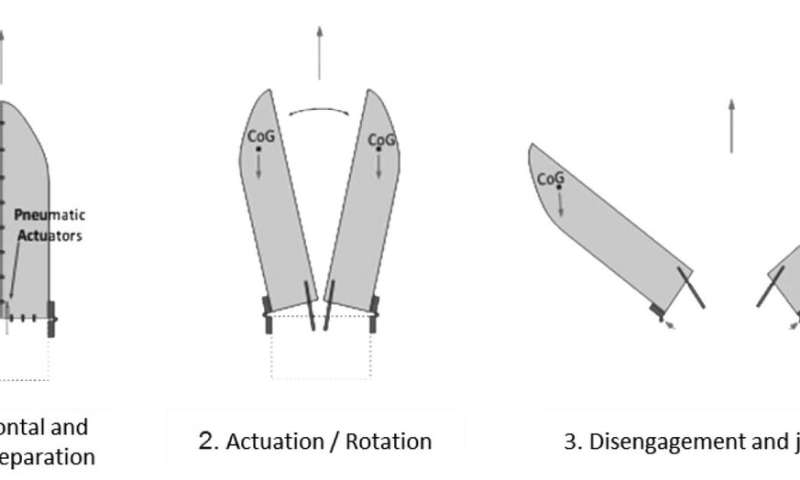
The intent of the document is to provide finger-tip reference material that can be used by interested parties in a nationwide effort to reduce loss of oil from preventable spills.The nation’s first comprehensive climate law, expected to be sealed with a vote in the U.S. The section on plant security goes into considerable depth since to date no Federal agency or trade association has provided industry with guidelines on this important phase of plant operation. To emphasize the need for spill prevention activities, historic spills are briefly described after which remedial action is defined in an appropriate section of the manual. Whenever practical, the cost of implementation is provided to aid equipment acquisition and installation budgeting.
#Jettison environmental manual#
The manual defines state-of-the-art spill prevention practices and automation techniques that can reduce spills caused by human error. As an aid to plant engineers and managers, Federal workers, fire marshalls and fire and casualty insurance inspectors, the document is offered as a spill prevention guide. Needless to say, there is a tremendous annual loss of oil products due to accidental spillage during transportation, cargo transfer, bulk storage and processing. Spills effectively contained within a plant property that do not enter a navigational waterway need not be reported. These figures are derived from reported spills it is highly possible more » that an equal amount was spilled and not reported. In 1979, the gallons spilled was reduced to 3,663,473. The 1978 spills were more severe, however, since 7,289,163 gallons of oil were accidentally discharged. In 1978, a total of 1456 oil spills were reported compared to 1451 in 1979. From Federally accumulated statistics for oil and hazardous substance spills, the authors culled information on spills of hydrocarbon products.
#Jettison environmental series#
« lessįrom a series of nationwide plant surveys dedicated to spill prevention, containment and countermeasure evaluation, coupled with spill response action activities, a need was determined for a spill prevention guideline manual. The main topics covered are: the effects of marine oil pollution, oil spills trajectory modeling, environmental impact of pipeline leaks, cost-effective tanker safety design standards, training of waterway personnel, and insufficient Coast Guard manpower. The concerns addressed in this paper deal with (1) gaps in more » oil spill prevention technology and practices, and (2) assessing the effects of oil spills that occur. Each of these potential problems is discussed, together with recommendations for actions that address the problem. The remainder of this paper presents summaries of selected safety and environmental concerns in petroleum transportation. Other objectives of this study are to identify possible gaps in the coverage of ongoing programs and recommend necessary action to mitigate th potential impact of identified problems. This paper presents results of a study conducted for the Department of Energy by Pacific Northwest Laboratory to provide early recognition of and prioritize potential problems in petroleum transportation. Direct effects on fisheries are summarized specifically. Chemical, physical, and biological fates of oil in the marine environment are discussed, and the potential effects of oil pollution on marine resources are listed. Consequently, it has become expedient to build new refineries nearer the developing markets, and it has become necessary to transport crude oil greater distances from domestic and foreign oil fields by pipelines and supertankers.

In the last two decades, the markets for petroleum products have increased in size while the production of crude oil in the southwestern United States has decreased. Since petroleum makes up nearly 95 percent of the bulk of hazardous cargo moved in the northeastern Pacific, this discussion is concerned with the magnitude and impact of petroleum and its products more » on the water quality and the living marine resources. Spills and other accidental discharges of such materials can seriously impair water quality at sites near or remote from the sources of discharge. The variety and quantity of these toxic materials moving across the oceans are steadily increasing in response to expanding industrial needs. Petroleum and other hazardous chemical products are shipped in large amounts over the waters of the northeastern Pacific Ocean and along its coastal waterways.


 0 kommentar(er)
0 kommentar(er)
